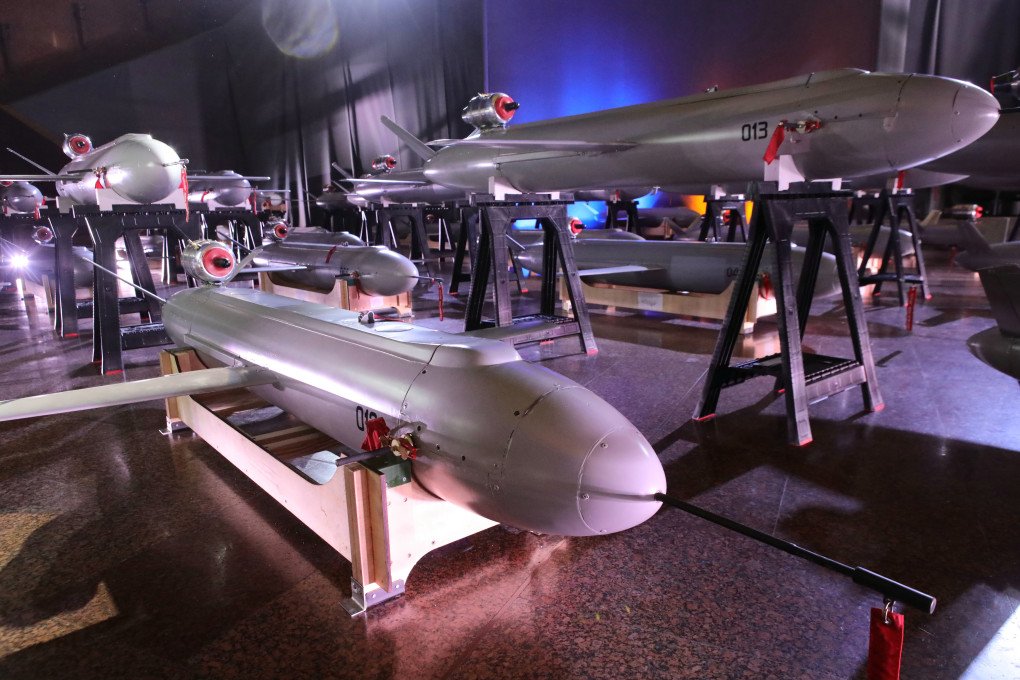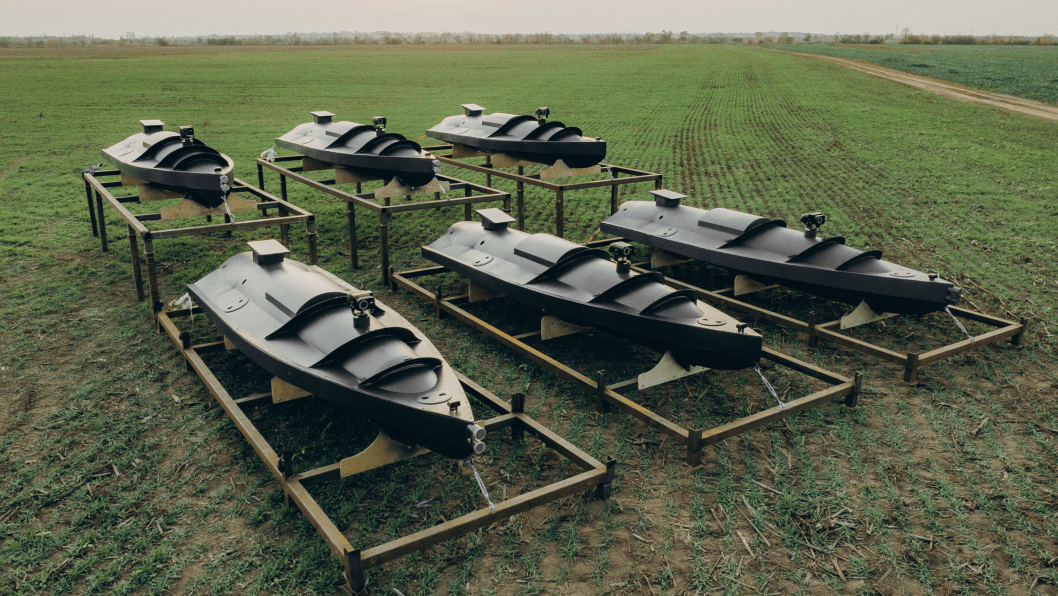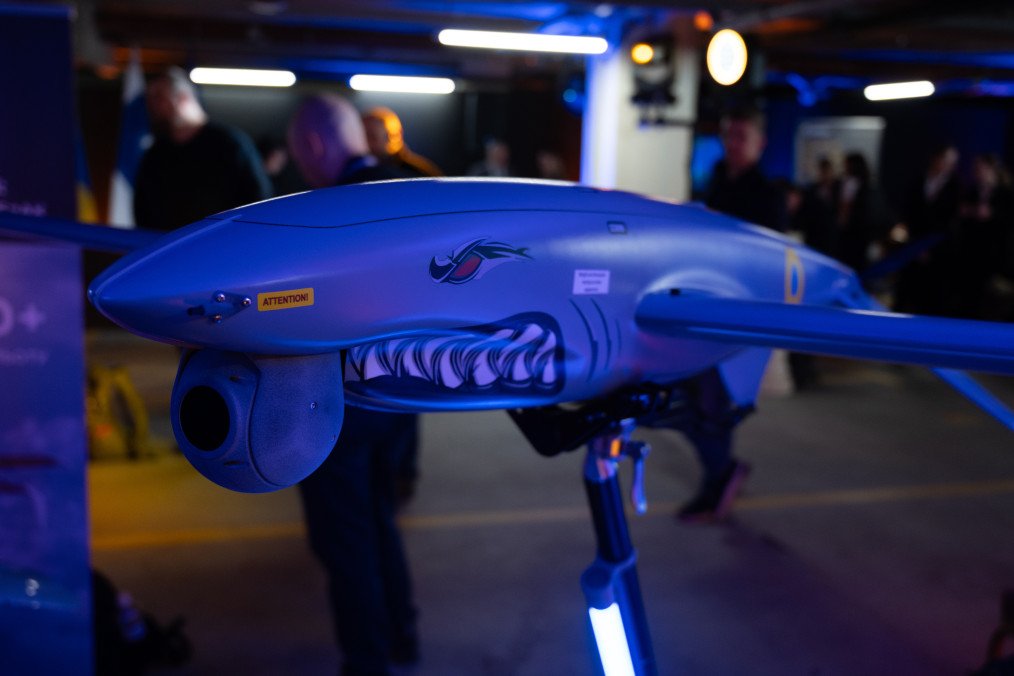Germany will invest hundreds of millions of euros in Ukraine’s long-range strike weapons—commonly referred to as “deep strike” systems—with the first deliveries expected just weeks after funding is secured, according to a German Defense Ministry on May 28.
“We signed a Letter of Intent under which Germany will finance the procurement of Ukrainian long-range strike assets worth hundreds of millions of euros,” said Ukraine’s Defense Minister Rustem Umerov.
Germany’s defense ministry confirmed the deal includes direct investment in Ukraine’s domestic weapons manufacturing—a significant step toward building long-term defense capability inside the country.
“Since these systems are already in operational use by the Ukrainian Armed Forces, no additional training is required,” the German side stated.

The agreement comes as Ukraine drastically ramps up production of its long-range drone arsenal. Compared to 2022, the country has increased production of Deep Strike drones by 22 times in the past year alone—thanks in part to support from international partners.
Sweden also recently announced funding for Ukraine’s long-range strike weapons, which are increasingly used to target critical infrastructure inside Russia, including oil refineries, fuel depots, and energy facilities that power the Russian war effort and fill its military budget.
Ukraine classifies several key weapons under the deep strike category, including:
The “Liutyi” and “Bober” long-range strike drones
The “Peklo” and “Palianytsia” rocket drones
A number of undisclosed long-range attack systems developed under classified programs
More than 50% of Ukraine’s Deep Strike drone capabilities are now fully localized, from R&D to full-scale production, enabling rapid deployment against high-value Russian targets.
-ff4186c0423a2f3242cf4f4460acd6d7.png)
One of the most effective drones in this arsenal is the Liutyi, which carries a 75-kilogram warhead and can strike targets over 1,000 kilometers away. Ukrainian forces have used the Liutyi in recent high-impact attacks deep inside Russian territory, targeting oil infrastructure and logistics hubs.
These strikes are often coordinated with decoy drones equipped with radar reflectors to mislead Russian air defense systems, enhancing the effectiveness of Ukraine’s real combat drones.
Earlier, Ukrainian startup Strategy Force Solutions stated it completed the first real-world combat missions using autonomous drone motherships paired with AI-guided attack drones.



-ce9a134791207c81306f56ab3d75ffb6.jpg)
-72b63a4e0c8c475ad81fe3eed3f63729.jpeg)
-45ed3be17a7bb74903649ed9258196f8.jpg)

